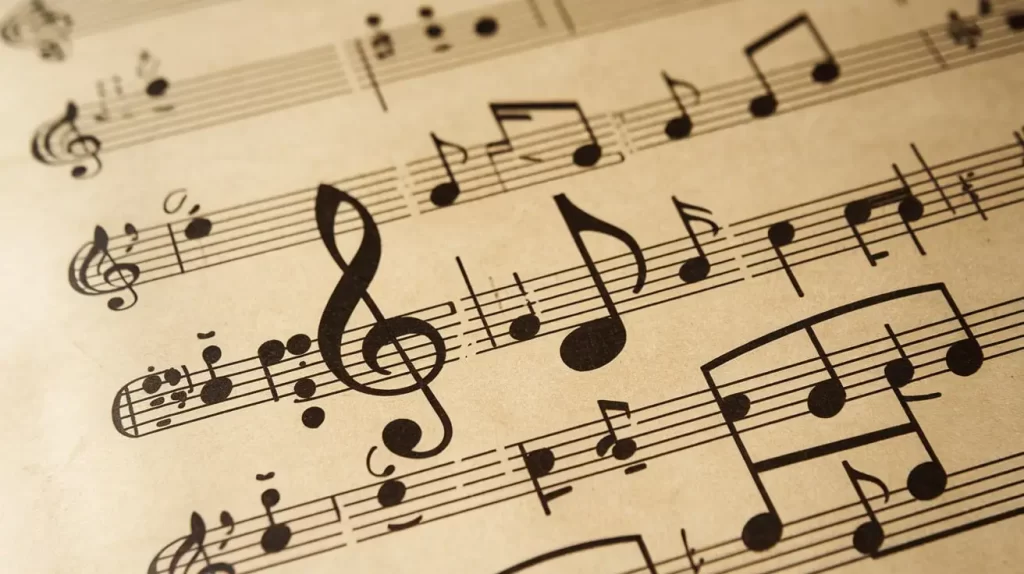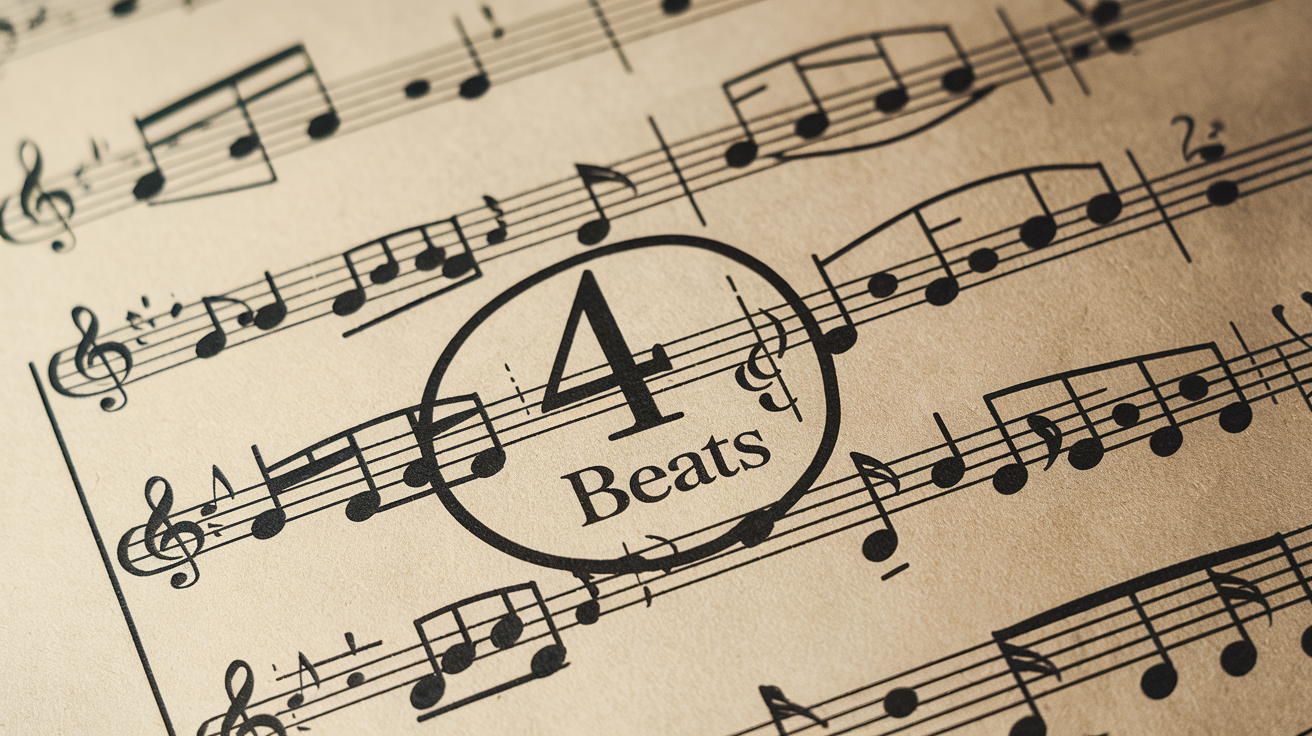Table of Contents
Music is a universal language that connects us all, and understanding its basics can open a new world of rhythm and harmony. One of the most common questions beginners ask is, How many beats does a whole note get? In this article, we’ll dive into the answer, explore why it matters, and break down what makes this simple note so important. Let’s uncover the truth about the whole note in music, step by step.
What Is a Whole Note?

Before answering how many beats a whole note gets, we need to understand what a whole note is. A whole note is a musical symbol used in written music to tell the musician how long to hold a note. A hollow circle represents it without any stems or lines. This simple, round shape carries a lot of power in music, helping guide the rhythm and pacing of a piece.
Why Understanding Whole Notes Is Important
The whole note is one of the foundational pieces of music. Whether you’re learning to play the piano or guitar or even sing, knowing how long to hold a note is key to staying on beat. It’s a basic building block that helps shape the flow of any song. When musicians miss it, everything can feel off.
How Many Beats Does a Whole Note Get?
Now, let’s get to the heart of the matter: How many beats does a whole note get? The answer depends on the time signature of the music. In most common time signatures, like 4/4, a whole note gets four beats. This means you hold the note for the duration of four beats or counts. If you think of music as a steady pulse, like the ticking of a clock, each tick represents one beat. So, if you play a whole note, you hold it for four ticks.
Breaking It Down Further
In 4/4 time, the number four on the top means there are four beats in each measure, and the number on the bottom represents the type of note that gets one beat (in this case, a quarter note). Since a whole note lasts for four beats, it fills up an entire measure in 4/4 time.
What Happens in Other Time Signatures?
While 4/4 is the most common, music doesn’t always follow the same pattern. So, how many beats does a whole note get in other time signatures?
- In 3/4 time: A whole note still gets four beats, but since each measure only has three beats, the whole note will spill over into the next measure.
- In 2/4 time: A whole note also gets four beats, which covers two full measures since each measure has only two beats.
- In 6/8 time: This is a little different. While a whole note technically still gets four beats, this time, signature groups beat into six eighth notes per measure, so the feel of the rhythm is different.
Understanding these variations helps you interpret how long to hold a whole note in different musical contexts. It’s all about timing!
Why Four Beats?

You might wonder, why exactly does a whole note get four beats? The answer lies in the structure of Western music. The number four is a strong, natural division that allows music to feel balanced and organized. Most popular music is written in 4/4 time, which means four beats per measure. This creates a steady rhythm that’s easy to follow, whether you’re tapping your foot or clapping along. The whole note’s four-beat length fits perfectly into this structure.
Practical Examples of Whole Notes in Music
It’s easy to talk about beats and measures, but how does this apply to real music? Let’s look at some examples where how many beats does a whole note get plays an important role.
Classical Music
In classical compositions, whole notes are often used to sustain long, flowing melodies. For example, in pieces like Beethoven’s Symphony No. 9, whole notes create a sense of grandeur by stretching notes over multiple beats, allowing the music to breathe.
Pop and Rock Music
Even in modern genres like pop and rock, the whole note has its place. Ballads and slower songs often use whole notes to let melodies linger, giving the song an emotional depth. For instance, in some slow-tempo ballads, whole notes provide the perfect pause between verses, giving the listener time to absorb the music.
Common Mistakes with Whole Notes
For beginners, there are a few common mistakes when it comes to playing whole notes. Understanding how many beats does a whole note get is just one part of the puzzle. Here are some things to avoid:
- Not holding the note long enough: One common issue is not holding the whole note for the full four beats. This can throw off the rhythm of the entire song.
- Rushing the beat: Music is all about timing, and rushing through the beats can make everything sound off. Be sure to count out the full four beats before moving on.
- Misunderstanding the time signature: As we mentioned earlier, different time signatures can affect how a whole note is used. Make sure you know the time signature of the piece you’re playing so you can hold the note for the correct number of beats.
Also Read: How Much Does a Silver Dollar Weigh? Shocking Facts Revealed!
How to Practice Whole Notes
Now that you know how many beats does a whole note get, let’s look at how to practice holding a note for the right amount of time.
- Use a metronome: A metronome is a tool that ticks at a steady pace. Please set it to a slow tempo and count out four beats for each whole note. This will help you develop a sense of timing.
- Play with backing tracks: Find songs or backing tracks that have a clear beat and practice playing along. Focus on holding all the notes for the full four beats.
- Count out loud: While playing, try counting “one, two, three, four” out loud to match the beats. This can help you stay on time and avoid rushing.
How many beats does a whole note get? In most cases, how many beats does a whole note get in four beats? But asking how many beats does a whole note get unlocks so much more about music’s rhythm and structure. Understanding how many beats does a whole note get is crucial for musicians, whether they’re beginners or seasoned pros, as it shapes the flow of the music, providing a steady pulse that brings songs to life. When you practice and master whole notes, you’ll gain better control of timing, which is everything in music!

